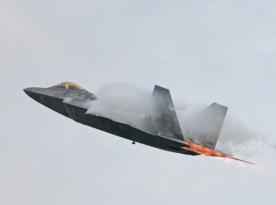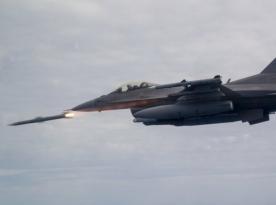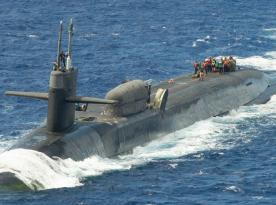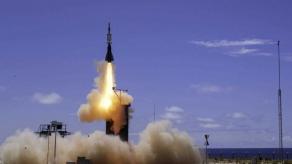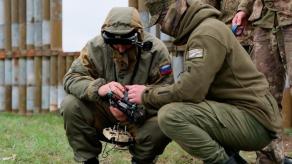Ground Launched Small Diameter Bomb (GLSDB) was supposed to become one of Ukraine's farthest-reaching strike weapons, enabling Ukrainian forces to launch strikes 150 km deep inside russian rear on par with ATACMS missiles. However, in practice GLSDB has shown low effectiveness, as follows from the vague words by William LaPlante, Pentagon's Under Secretary of Defense for Acquisition and Sustainment, he attributed the poor performance to the electronic warfare factor, as well as this weapon's general application tactics and doctrine.
Let's analyze all these factors separately. From the technical viewpoint, the problem is the hindered accuracy of GLSDB caused by suppressed satellite navigation. It doesn't mean the guided bomb cannot hit anywhere near at all, after all, the inertial guidance system works under EW interference. It's just that the deviation from the target grows from tentative 1–3 meters to 30–50 meters.
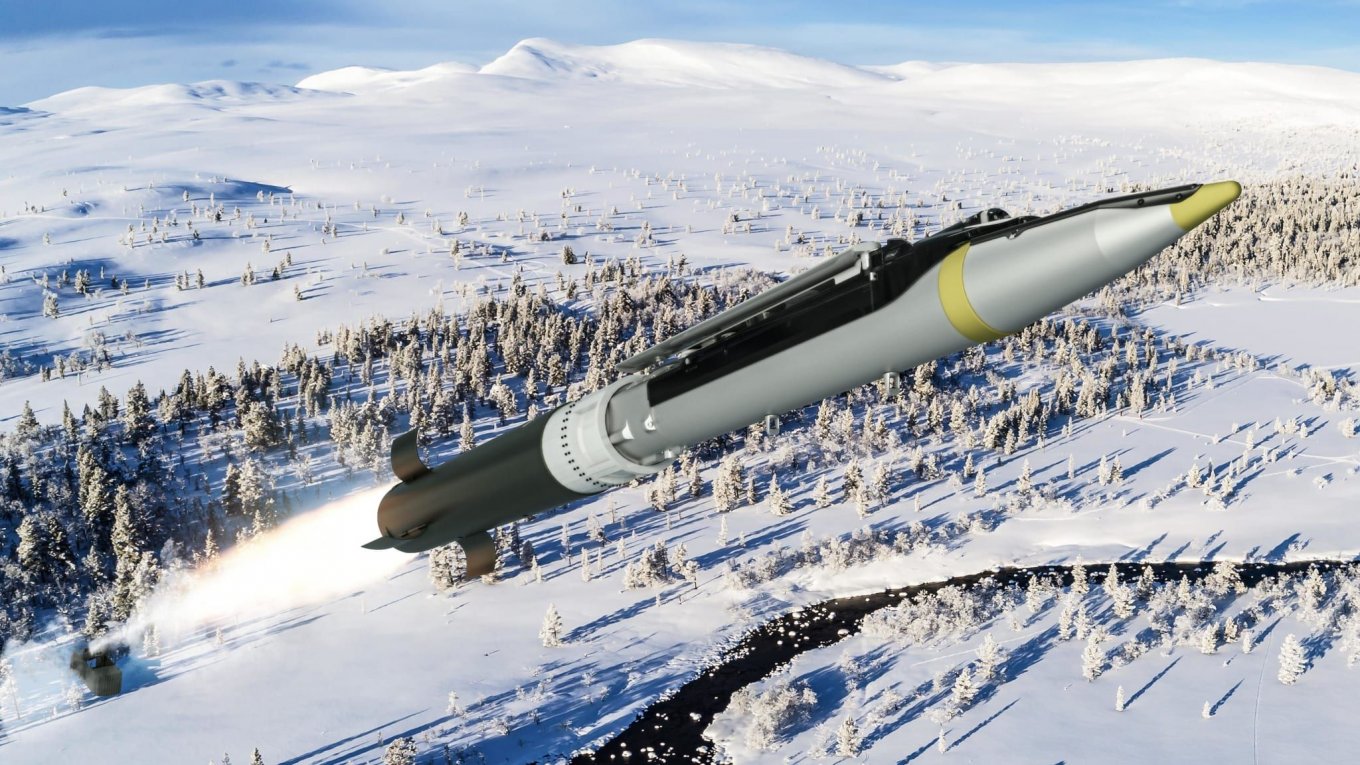
This should really get the U.S. Department of Defense interested as much as possible, not simply because GLSDB isn't not working as intended. Although the GLSDB is not in service with the United States, this weapon is essentially a hybrid made of the rocket engine from the M26 munition for HIMARS and the GBU-39/B Small Diameter Bomb, which is used by the U.S. Air Force.
The main problem is that this bomb weighs only 93 kg in total, of which the warhead accounts for 36 kg (for the SDB I GBU-39/B version). The explosion radius is not as large as to allow for a significant error. In other words, it has the potential to be an effective weapon but only when it reliably hits the target with its standard accuracy of 1–3 meters.
Note: in this case, accuracy is ensured by the synergy of satellite and inertial navigation, while there is also a version of SDB I enhanced with additional semi-active laser guidance, it's called LSDB. However, it needs the target to be designated with a laser beam, which is rather problematic when used at its maximum range of 150 km.
Either way, judging by the words of Bill LaPlante, the Pentagon is not very concerned that this issue could somehow affect the combat use of SDB by U.S. aircraft. There are several reasons for this conviction, including the hope that tactics and doctrine will compensate for this shortcoming. As for the doctrine, it is, of course, that the U.S. military must achieve total air superiority for any operations. After that, all the aviation has to do is methodically bomb the enemy, that's where the tactics kick in and EW complexes become the primary targets for elimination.
In addition, the U.S. military in fact understands that satellite navigation alone cannot be an all-in-one solution. We can clearly see that on the example of Boeing's GBU-39/B and Raytheon's GBU-53/B, both Small Diameter Bombs but designated as SDB I and SDB II.
The second version has a similar weight of 93 kg and a slightly larger warhead of 48 kg, the operational range is roughly the same, too: up to 110 km when dropped from aircraft.
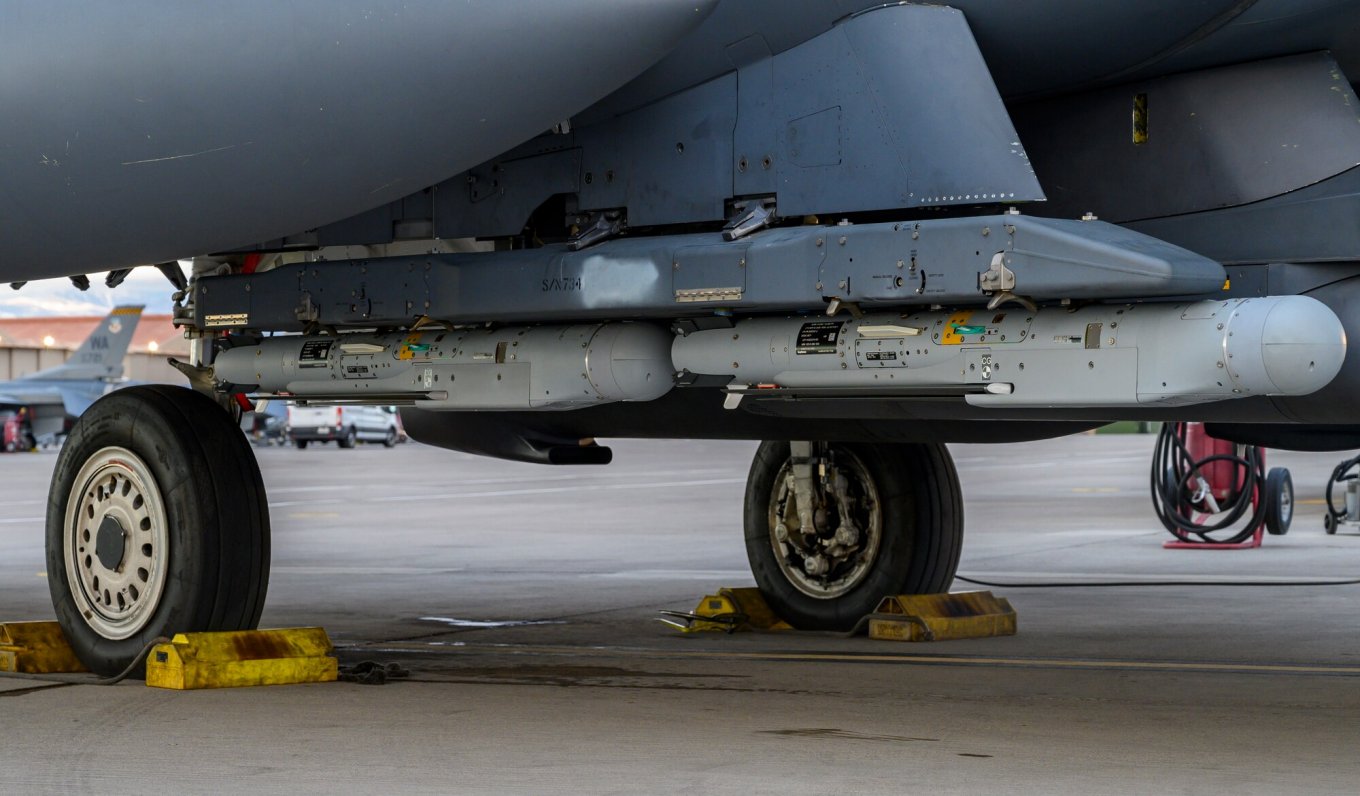
Though the main difference between them is that the GBU-53/B has four high-precision guidance systems at once: active radar homing, thermal imaging and semi-active laser homing. The satellite-assisted inertial guidance is used only as a means of navigation during the midcourse of flight. The development of this weapon commenced in 2006, only 4 years later than SDB I.
Simply put, the GBU-53/B SDB II does not depend on the satellite navigation at all, because the inertial system will still guide it to the target area where the main sensors activate and seek the target. The active radar homing head is also not affected by smoke and aerosol screens, it's the main one while thermal imaging and semi-active laser seekers are auxiliary.
That's why Raytheon's GBU-53/B, also known as the StormBreaker, was selected by the Pentagon and entered limited low-intensity production in 2015 with subsequent delivery to the U.S. Air Force. Meanwhile, the GBU-39/B from Boeing, supplied since 2006, was called a temporary solution in 2012 until the appearance of its successor GBU-53.
All things considered, the Pentagon may not be too concerned about the fate of the GBU-39/B precisely because they understood its imperfections back in the mid-2000s, and how things will end up eventually.
But whilst the USA may rest assured regardless of the real combat effectiveness of SDB I, the other countries that once bought it — namely Australia, Israel, Italy, the Netherlands, Saudi Arabia, South Korea, and Sweden — may not share its confidence. Furthermore, six more countries are in the process of acquiring these bombs, including Turkiye and Bulgaria.
Although it seems that in this situation, Boeing can go the extra mile and try to equip its SDB I for the ground-launched systems (GLSDB) with a passive homing radar head so it can defeat enemy radars and EW systems.





